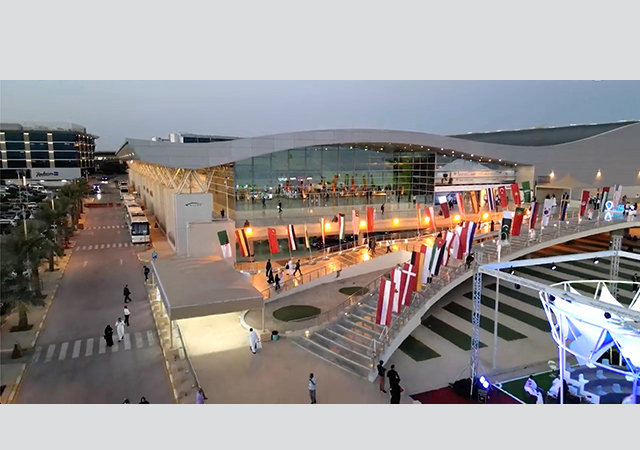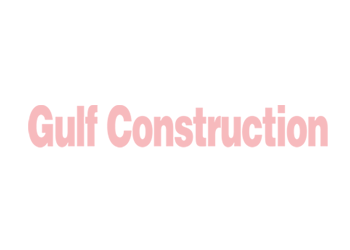
 Work under way on the Dubai Metro project.
Work under way on the Dubai Metro project.
Studies to evaluate the most efficient and cost-effective solution to combat the growing traffic congestion, commissioned by the Dubai government 10 years ago, have now resulted in one of the most visible construction projects in Dubai, and yet another pioneering project in the Gulf – the Dubai Metro.
A design-and-build contract for this flagship project of the Roads and Transport Authority (RTA) was awarded in July 2005 to a consortium known as Dubai Rail Link (DURL) made up of Japanese companies including Mitsubishi Heavy Industries, Mitsubishi Corporation, Obayashi Corporation, Kajima Corporation and Yapi Markezi of Turkey and the project is now racing ahead for a first phase completion in a little over two years’ time.
“The metro is a huge project with many complexities and challenges to be met daily. So far around 30 per cent of the work has been completed. The work currently is approximately on schedule and all the parties are committed to accomplish the project in time,” said Adnan Al Hammadi, director of construction for the Dubai Metro Project at the Rail Agency of the RTA in an exclusive interview with Gulf Construction.
“The total cost of the metro including the first two phases, the Red and Green Line, will be Dh15.5 billion ($4.2 billion). This cost includes all civil works, stations, system fixed equipment, trains and engineering,” he added.
Work on the Red Line is under way at a brisk pace and the viaducts (elevated tracks) can now be seen stretching from Union Square to Jebeli Ali and some of the piers have already been placed atop them.
“The first span of the viaduct was constructed in February. There will be two viaducts and a total of around 1,200 piers will be constructed to support them,” said Al Hammadi.
Three viaduct spans have so far been constructed near Interchange 5.5 on Sheikh Zayed Road between the future metro stations at Jumeirah Lake Towers and Jumeirah Island. Each span is made up of eight precast viaduct deck segments, which were manufactured at the Jebeli Ali casting yard. Each segment is 8 m wide and 4 m long and is being assembled with other similar-sized segments individually to form a complete viaduct span that bridges two supporting piers.
The different spans, when assembled, will together form the bridge deck on which the trains will run. The length of the spans varies from 24 to 72 m where the minimum number of segments per span is eight and the maximum is 18. The spans were installed by a launching girder (LG7), which is the first amongst seven other gantries to be used to construct the many viaduct spans along the Red Line.
The segments are match-casted and glued together. Post-tensioning then takes place using high-strength cables threaded through the segments. The launching gantries are equipped with their own lifting winch, power and control equipment to enable lifting and moving the heavy concrete segments accurately into position. There will be 11,400 precast concrete viaduct deck segments used for the Red Line, each weighing in excess of 50 tonnes.
The launching gantries provide a fast-track installation process, which enables the installation of a complete viaduct span of 36 m length in roughly two days. Concrete segments will be transported, on demand, from the Jebel Ali casting yard to the launching gantries sites using heavy-duty trucks.
The concrete segment installation process is a construction method used widely around the globe. It will be performed in accordance with internationally recognised standards and in compliance with pre-planned and approved detailed work methodologies, according to the RTA.
The two lines currently being built necessitate the construction of a total of 18 km of tunnel and 51 km of route supported on viaducts. The viaducts have been designed so as to blend harmoniously with the existing urban architecture. In addition, the route planning involved ensuring that the lines do not cross existing or planned motorways. The dimensions of the metro take into the account the traffic flows of the booming metropolis that are expected in the future. A total of 100 fully-automatic latest-generation trains will be able to carry up to 1.2 million passengers per day. Annual passenger journeys to the order of 355 million are expected.
The Japanese consortium that was awarded the metro contract has commissioned various international construction companies to construct the underground inner urban stations. The first construction stage covers 55 stations sited at strategic city centre locations. Each line will be served by trains running at three-minute intervals, with a maximum journey time of under 40 minutes.
Construction of the underground stations began in the summer of last year. Certain sections of the network are planned to come into operation in 2009 with a full service scheduled for 2012. Intrafor, a French construction company so far operating mainly in France and the Far East, will be handling the foundation works for the largest station, at the BurJuman Shopping Centre.
The slotted wall method will be used in the excavation of the underground inner urban stations. To minimise the pressure exerted on the surrounding buildings and also because of the difficult ground conditions, hydraulic boring machinery will create shafts, which will be filled with steel-reinforced concrete to serve as the retaining walls during station construction. This specially-designed boring machinery will be carried by Liebherr HS 883 HD duty-cycle crawler cranes, which will help excavate 54-m-deep shafts. Two additional Liebherr duty-cycle crawler cranes (types HS 853 HD and 855 HD) will be used as supporting machinery.
The names of stations have also been put up and there is excitement in the air as the metro takes concrete shape at a pace that is leaving residents agog.
“The works on the underground stations were amongst the first to commence since the construction of the project started. The construction of the diaphragm wall in Union Square and Al Rigga has already been completed while other works are in progress,” said Al Hammadi.
This flagship project promises to become a benchmark in terms of state-of-the-art engineering and design as well as safety.
The metro will be delivered in two phases. The first stage will see the construction of the Red Line and will run along the Sheikh Zayed Road, on a viaduct. The second phase that will deliver the Green line will be built mostly underground. The Red line has been marked for completion in September 2009 while the Green Line (Phase II) is scheduled to be completed in March 2010.
“The first phase, which is the Red Line, is scheduled to commence operations on September 9, 2009. It will be 52 km in length and will have 25 elevated stations and four underground stations, which include Port Zayed, BurJuman, Union Square and Al Rigga,” said Al Hammadi.
Property developers like Emaar are helping out with the financing of the stations “as these stations will eventually benefit the developers due the influx of businesses around them”.
The second phase, which will be the Green Line, “will run for 23 km and will have 12 elevated stations and six underground stations. This line is scheduled to commence operations in March 2010,” said Al Hammadi.
Al Wugeisha, the tunnel boring machine (TBM), has just broken through the 1.2 m-thick diaphragm wall at Union Square to commence its journey towards BurJuman. The journey underground will take six months, according to the Rail Agency of the Roads and Transport Authority.
“The successful TBM wall breakthrough is a significant achievement. It is one of the most critical stages in the construction of the tunnel. Al Wugeisha had to break through a reinforced concrete wall of a thickness of 1.2 m. This procedure had to be done slowly to make sure no damage was done to the TBM and the surrounding walls,” said Al Hammadi.
The TBM consists of a shield (a large metal cylinder) and trailing support mechanisms. At the front end of the shield, a rotating cutting wheel is located behind which is a chamber where, depending on the type of the TBM, the excavated soil is either mixed with slurry (so-called slurry TBM) or left as-is (earth pressure balance or EPB shield). The choice for a certain type of TBM depends on the soil conditions. Systems for removal of the soil (or the soil mixed with slurry) are also present.
“Al Wugeisha was launched early January but a lot of preparatory work has been undertaken before tunnelling could begin,” he pointed out, adding that the huge boring machine has been designed to cause “minimum inconvenience and disturbances to the surrounding soil.”
The engineers for this design-and-build project is Systra-Parsons Joint Venture.
RTA has also inked a deal with the Department of Civil Aviation (DCA) for the construction of two stations in front of Terminal 1 and 3 of the Dubai International Airport and the financing of a bridge connecting the terminals to the Red Line. “The financing of the bridge connecting the terminals will be done by the DCA. The construction of the viaducts is being done by DURL while the stations will be constructed by the DCA,” said Al Hammadi.
Dubai Metro will be a world-class, 21st Century, fully-automated, driverless railway system. The speed of the trains between stations will vary, with the maximum speed being 90 kmph and the duration between stops will be determined shortly by the operations department.
Initially the intervals between the trains will be two minutes and 30 seconds “but this time will be reduced depending on the demand and line capacity,” said Al Hammadi. “The initial line capacity in 2010 for the Red Line will be 11,010 passenger per hour per direction (pphpd) while that for the Green Line will 7,346 pphpd, while the eventual line capacity for the Red Line will be 23,200 pphpd and that of the Green Line will be 15,680 pphpd,” he added.
The control room for the driverless trains will be located at the Rashidiya depot.
“Every morning prior to commencing operations, the Dubai Metro trains will be signalled at 4:45 by a sophisticated intelligent computerised system that is called the Automatic Train Control system (ATC). Each train will then do a complete test on itself including testing its doors, brakes, motors, AC and all other sophisticated intelligent systems,” said Al Hammadi.
By 5:00 am trains will be ready for being launched and the daily service will start from Rashidiya and the Jebel Ali Free Zone depots.
“By the end of the day, all trains will stop running and move back to the two depots (where the trains will be parked and maintained) at both ends of the Red Line. At the depots, trains will be taken to the maintenance workshops to perform routine checks and inspections to get them serviced, cleaned and washed for the next day,” he added
RTA is also expected to award the consultancy contract for the Purple Line by the end of this month (April). This fourth line will be laid along Al Khail Road, and will also be linked to the Dubai International Airport and the Jebel Ali Airport. The tender for the Blue Line consultancy was expected to be sent out by the end of March.
Dubai metro key dates
May 2004: Launching of prequalification process
August 2004 to December 2004: Call for tenders
July 2005: Signing of the contract
End 2009: Operating Phase 1
Mid 2012: Operating Phase 2
Facts at a glance
Dubai City
Population: 1.4 million
Surface area: 4,114 sq m
Public transport network
Metro lines: 2
Bus routes: 58
Abra routes: 2
Dubai Metro in numbers
Length: 69.7 km (12.3 km is underground)
No. of stations: 47 (10 underground)
Estimated ridership forecast for 2020
Busiest metro section: 19,000 pphpd at PM peak hour
Total metro boarding: 119,000 during PM peak hour
1.85 million per day
651 million per year
Public transit mode share (metro+bus) 16.4 per cent.


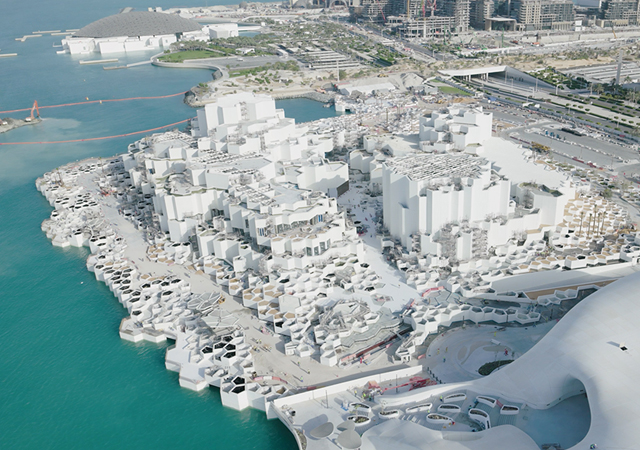

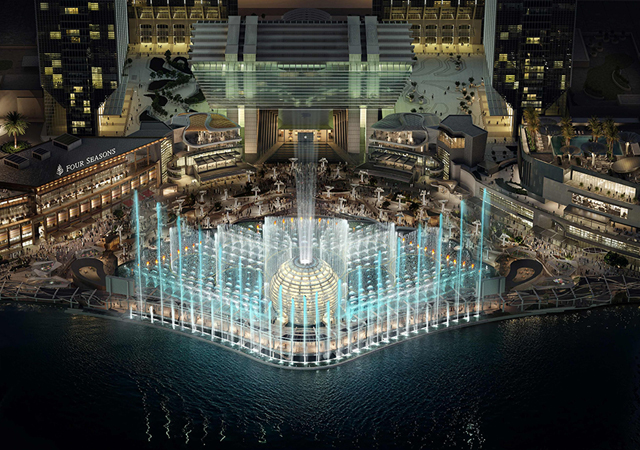
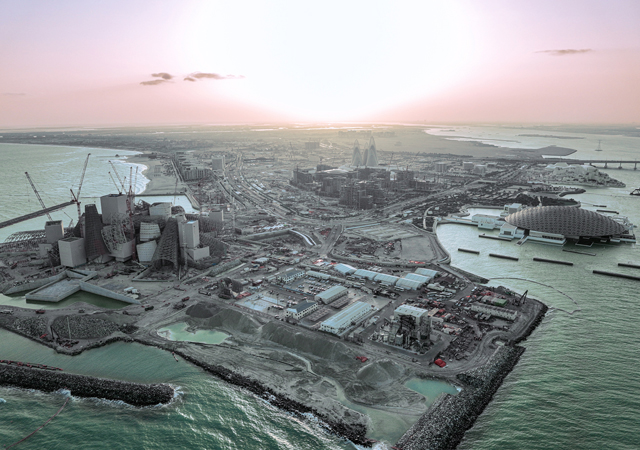
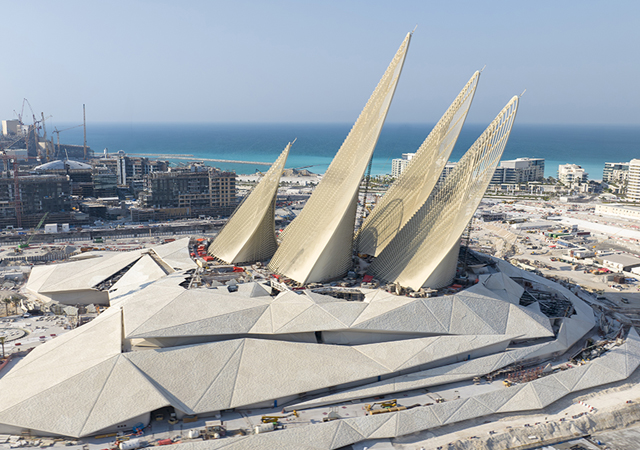

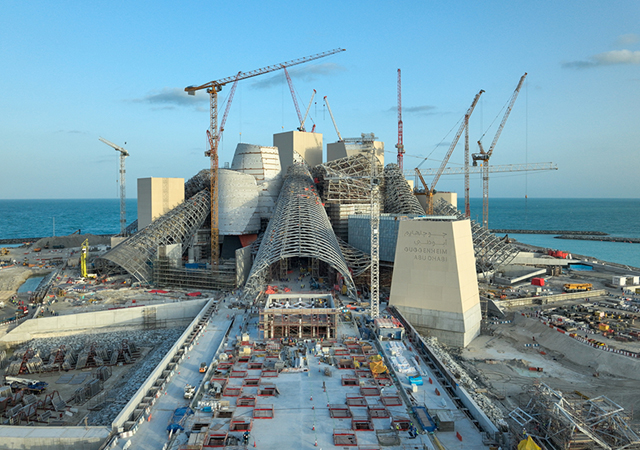
.jpg)
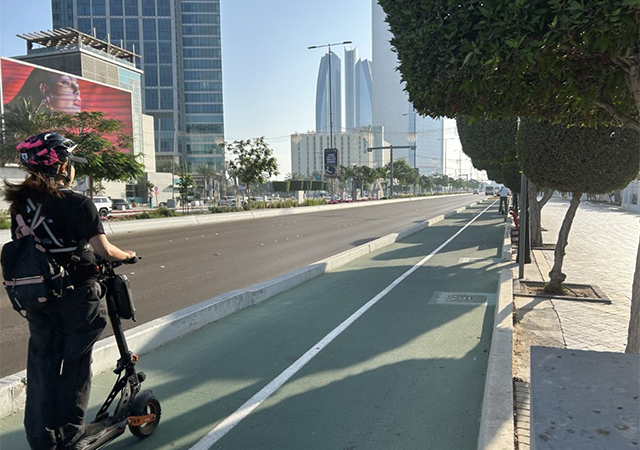
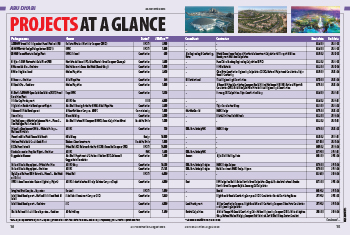
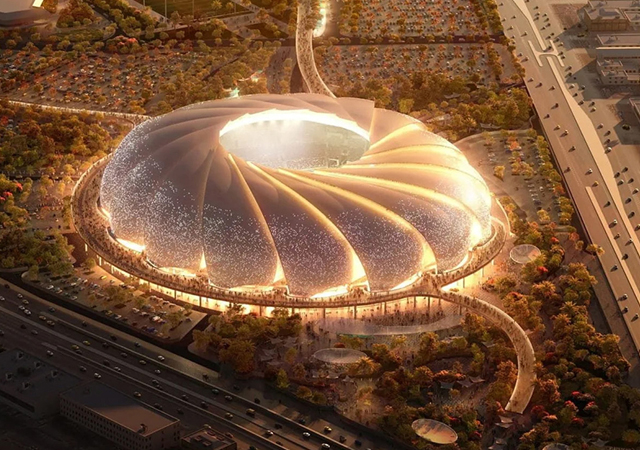
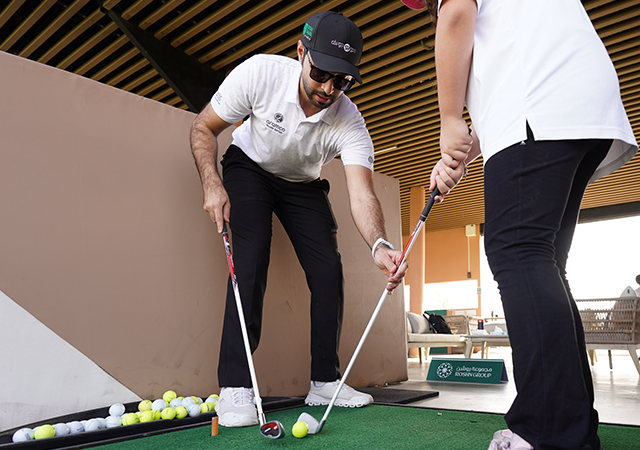
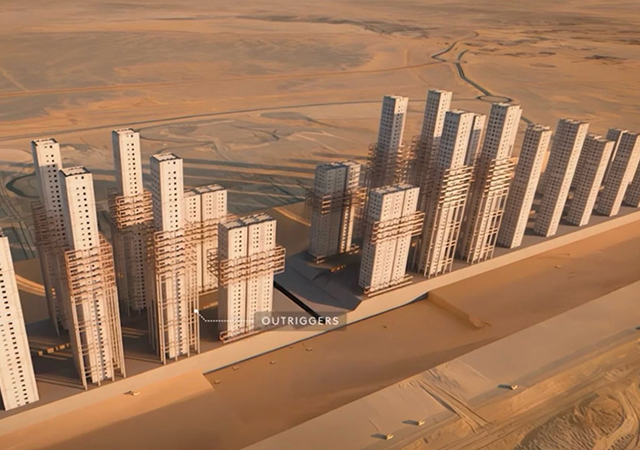
.jpg)
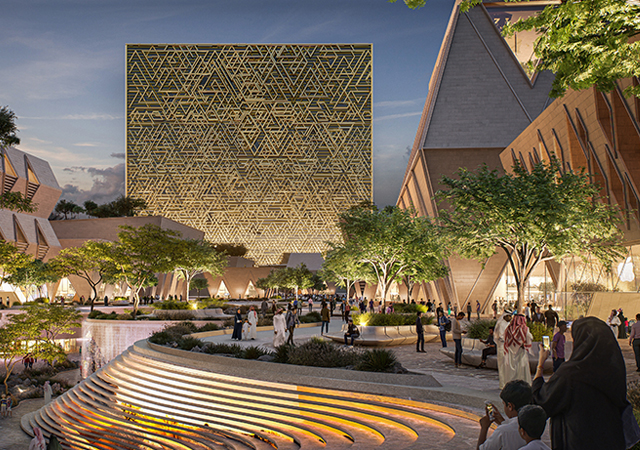

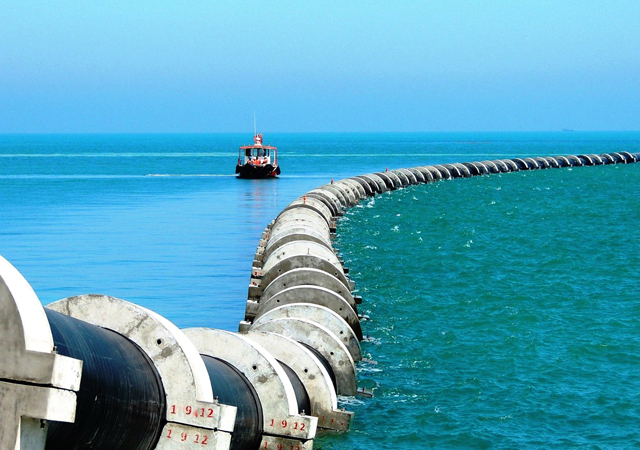
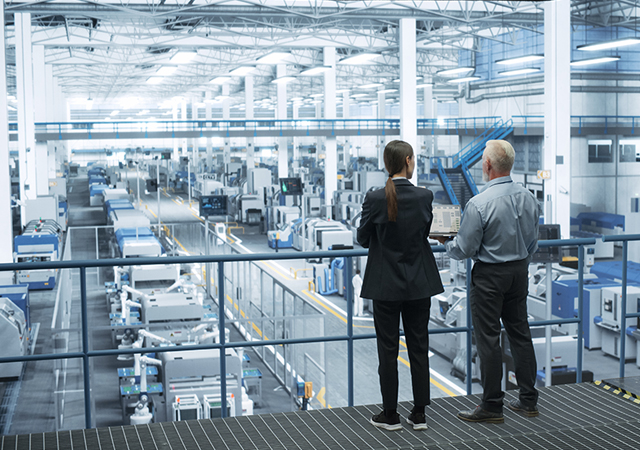
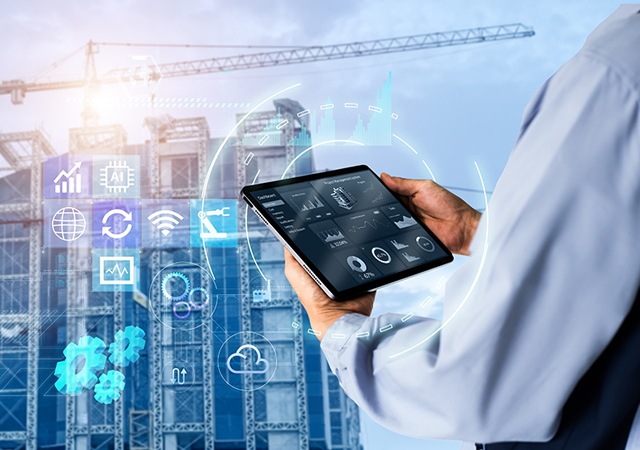
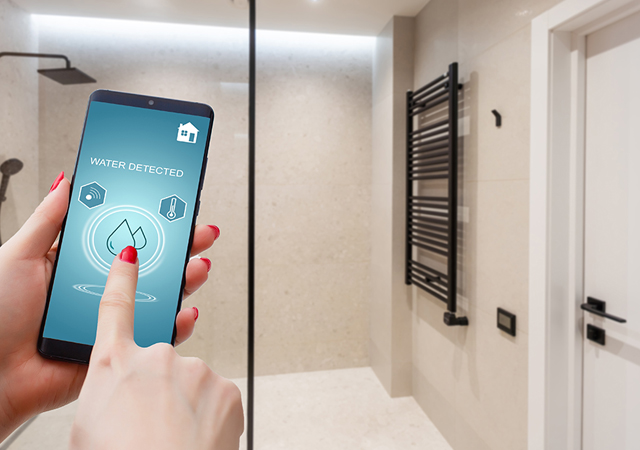
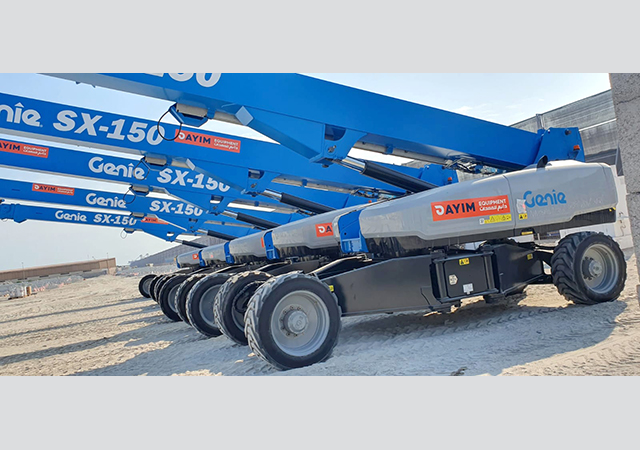
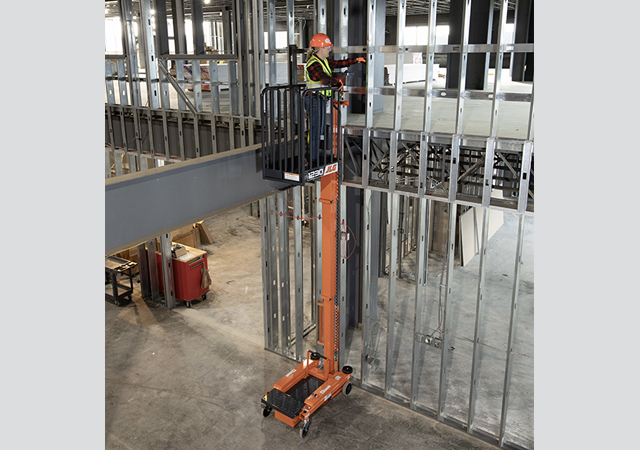
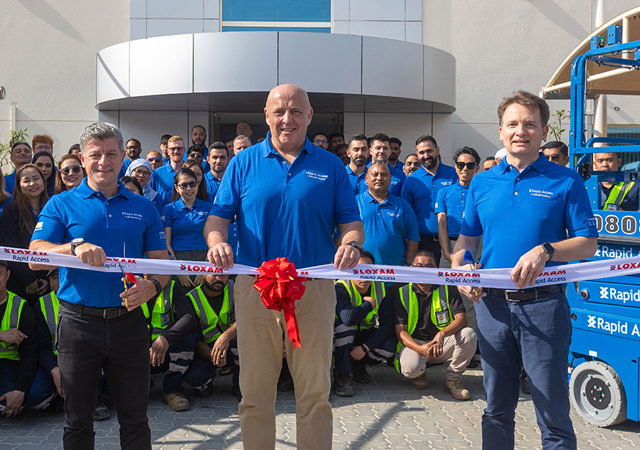
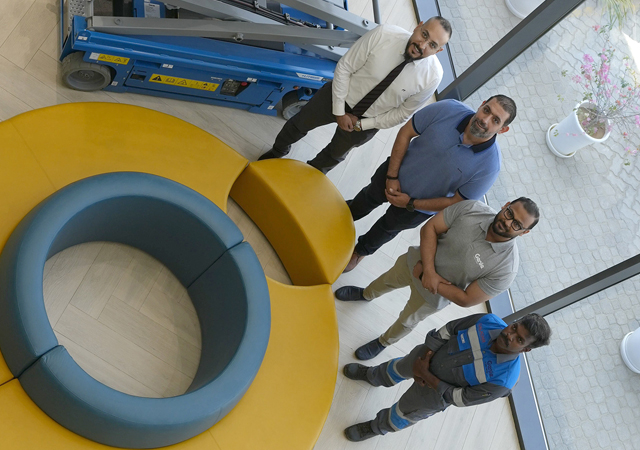
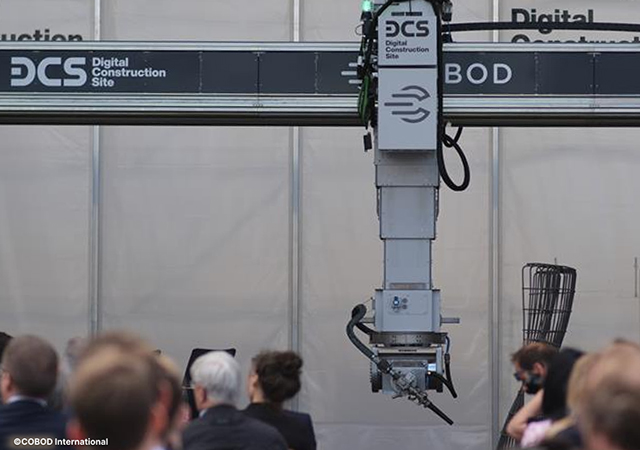
Doka (2).jpg)
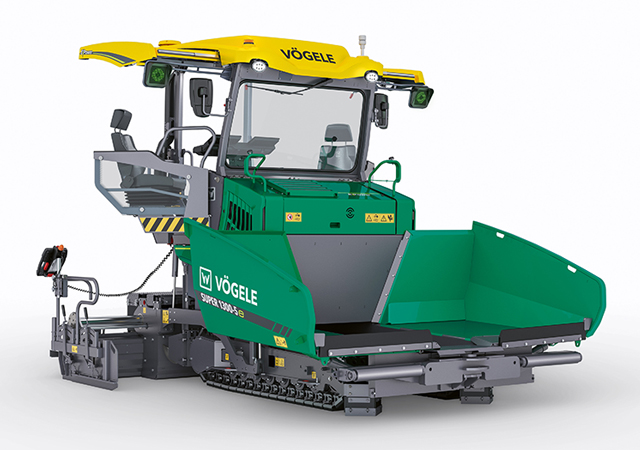

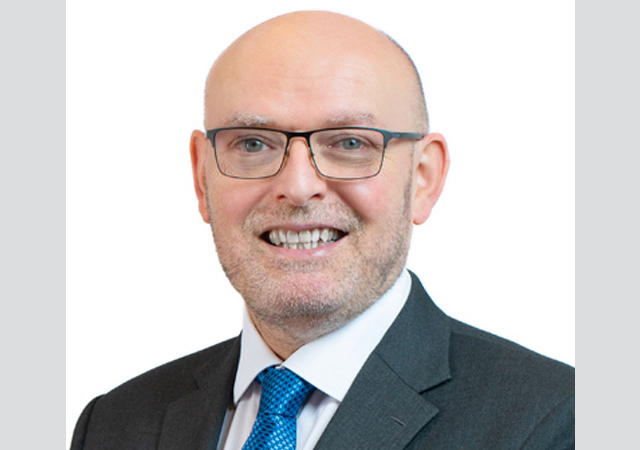

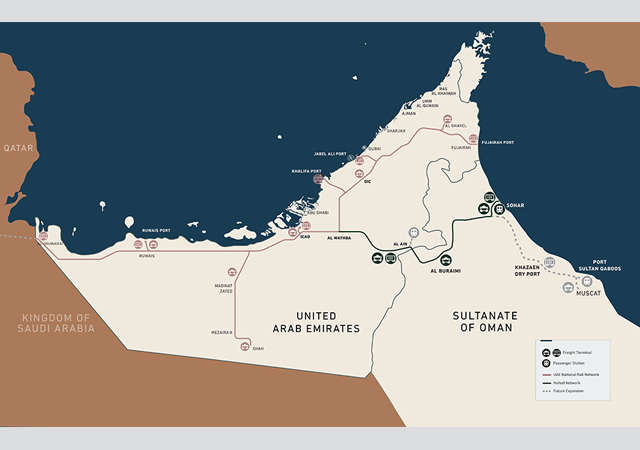
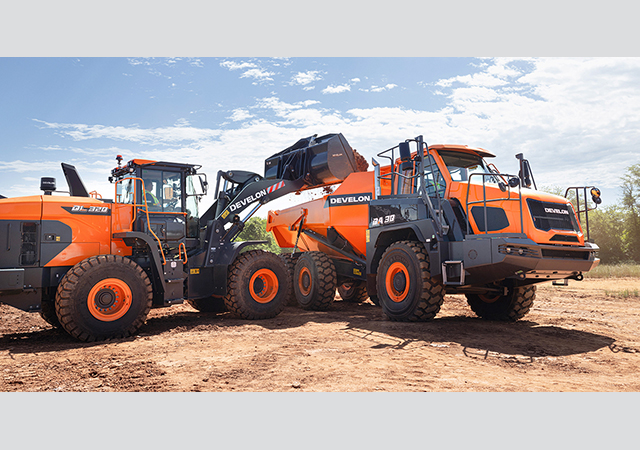
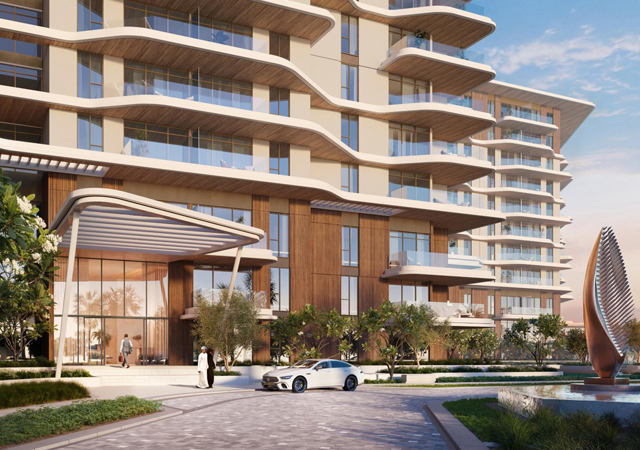

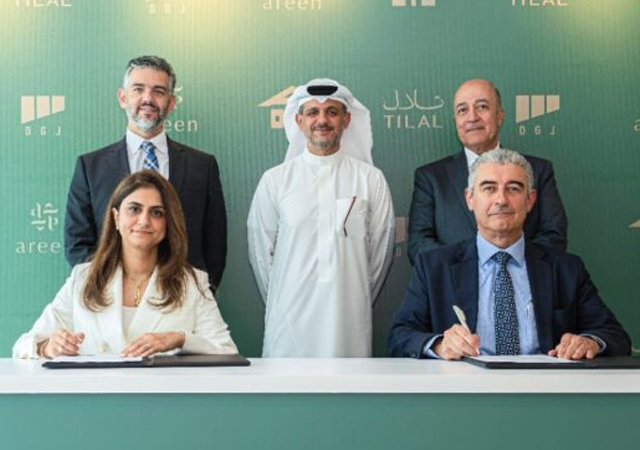
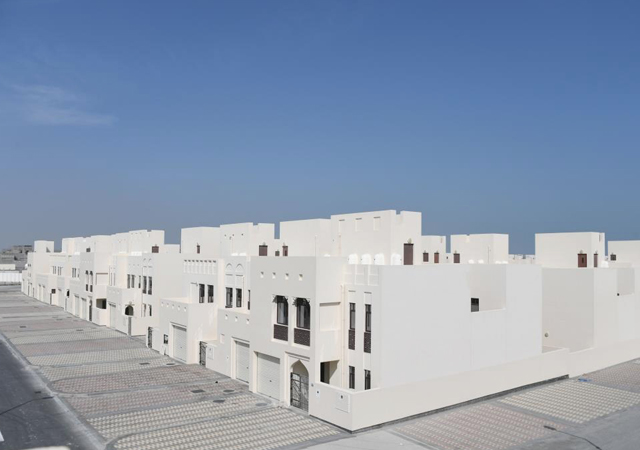
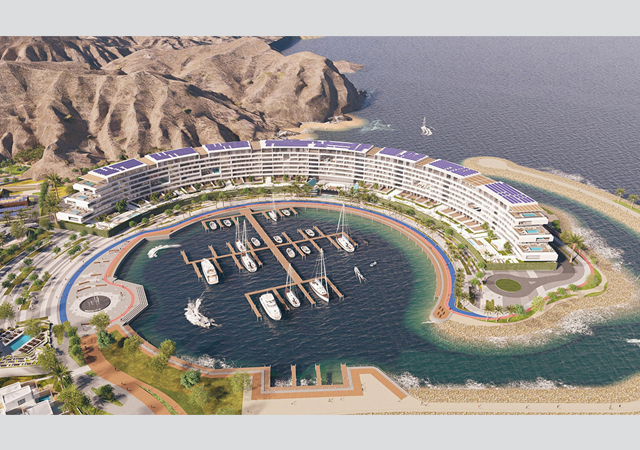



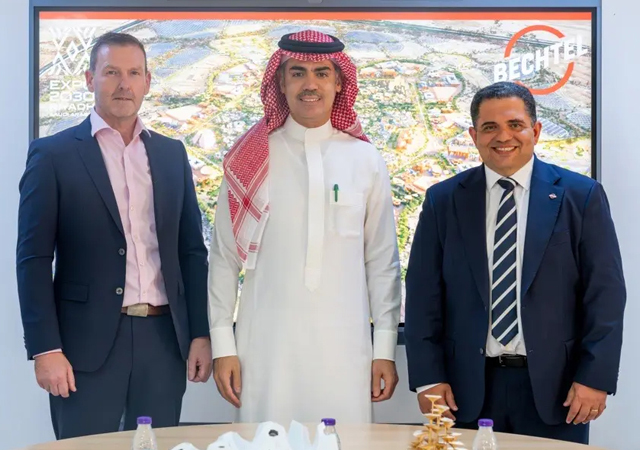

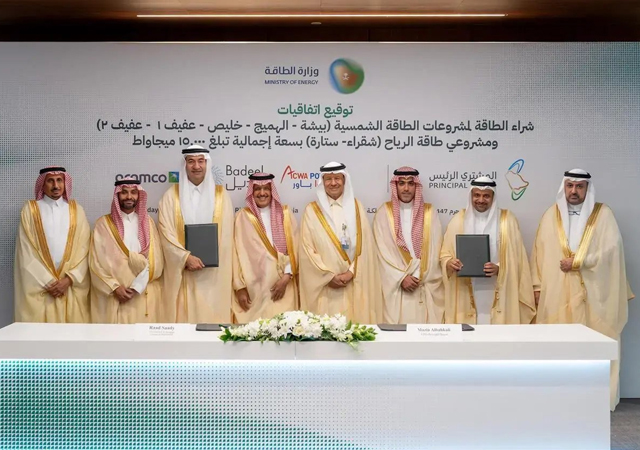
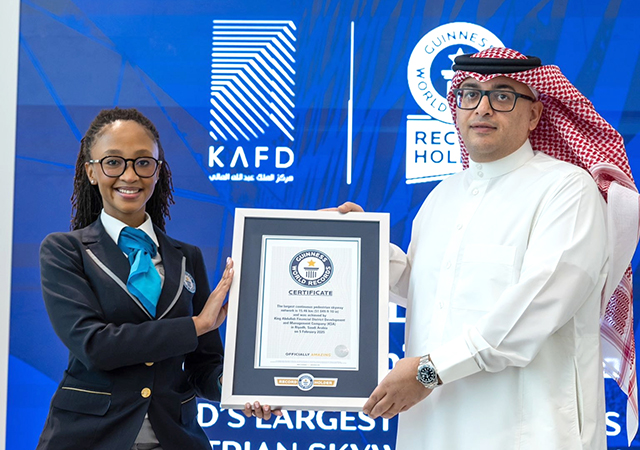


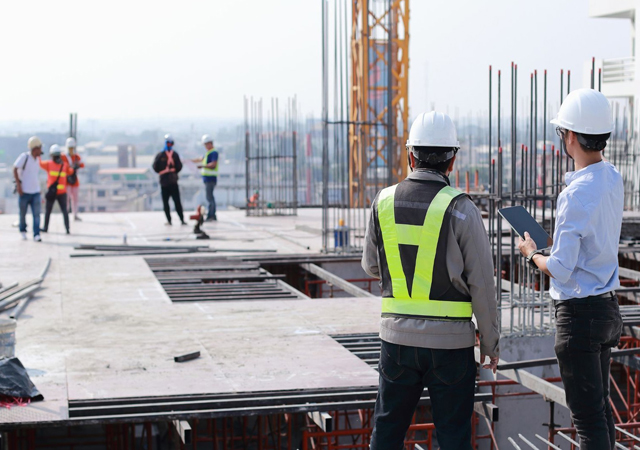

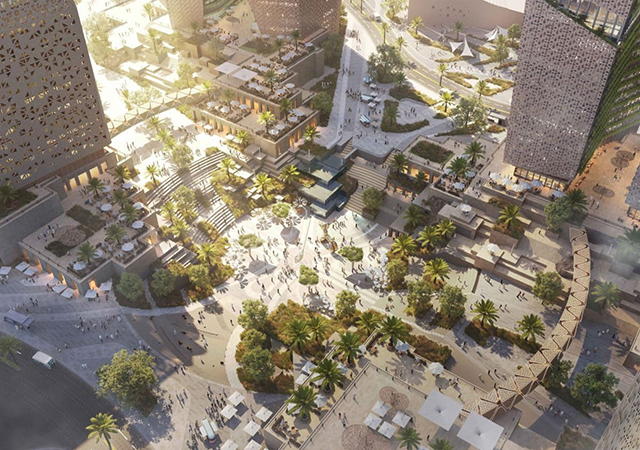

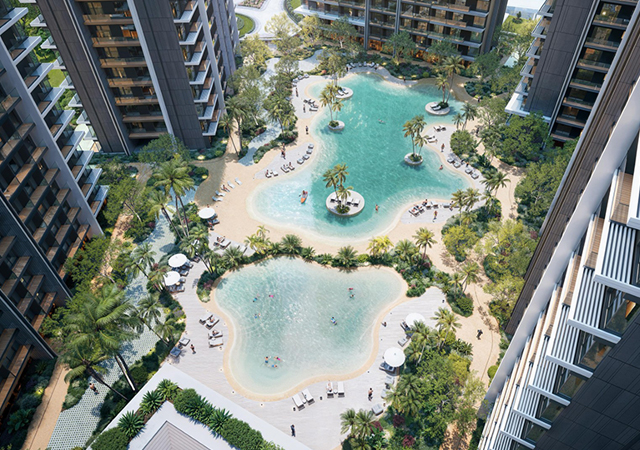
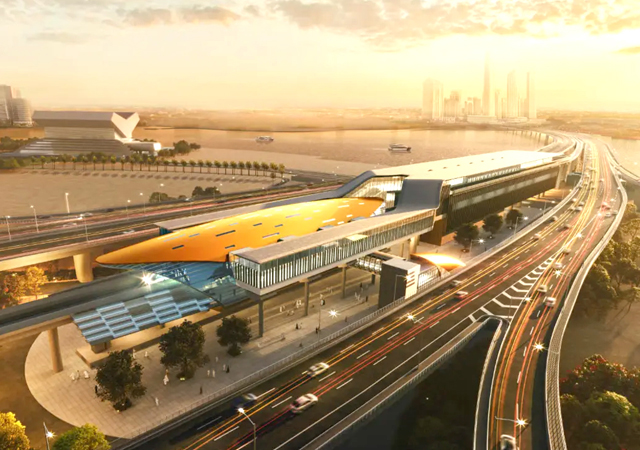
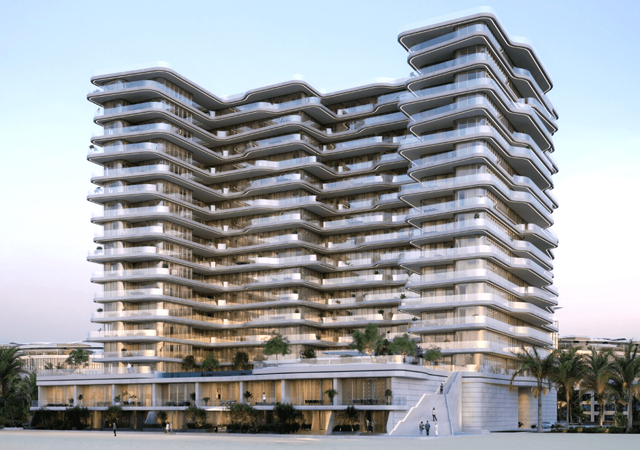
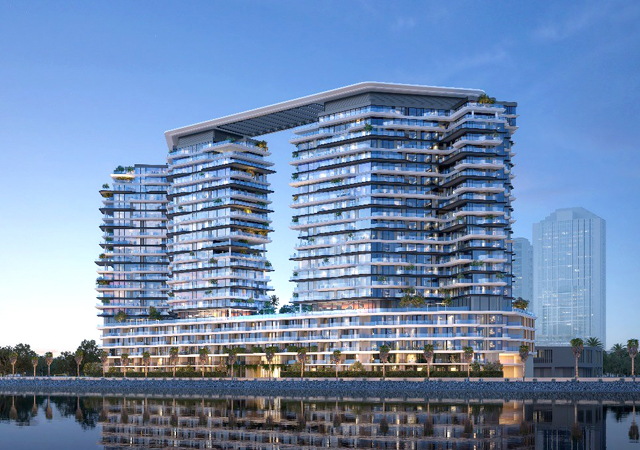
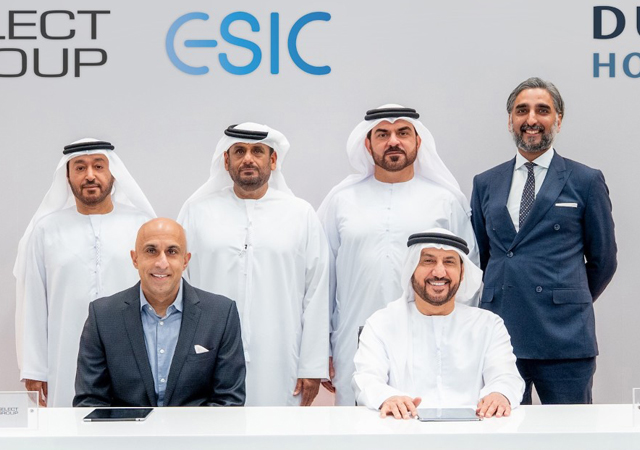
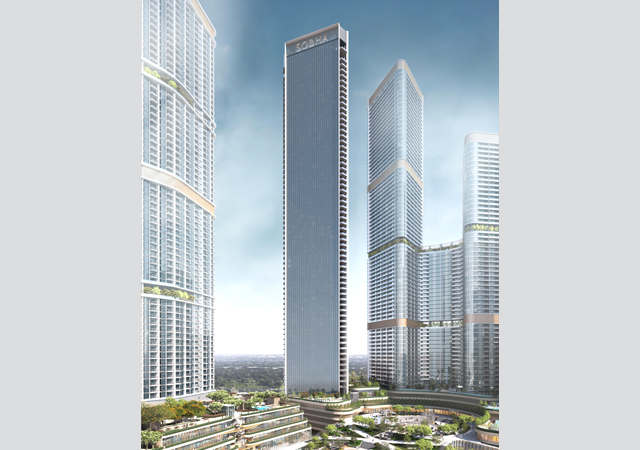

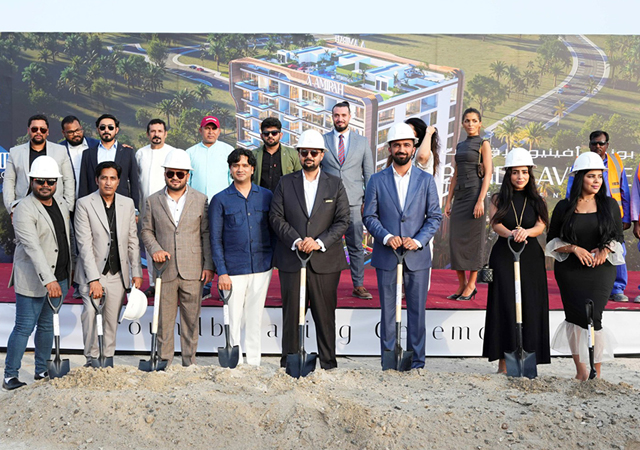
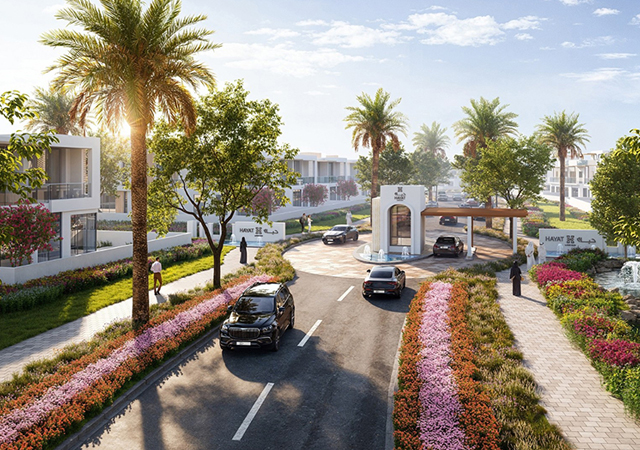
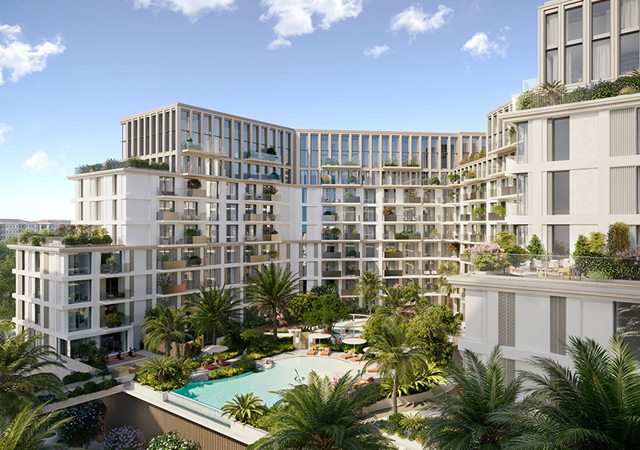
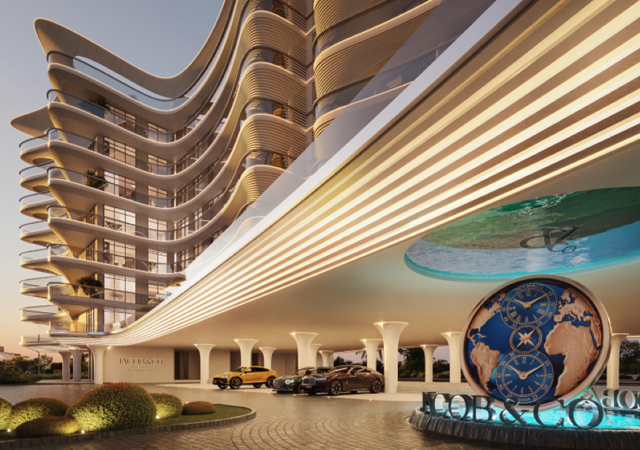

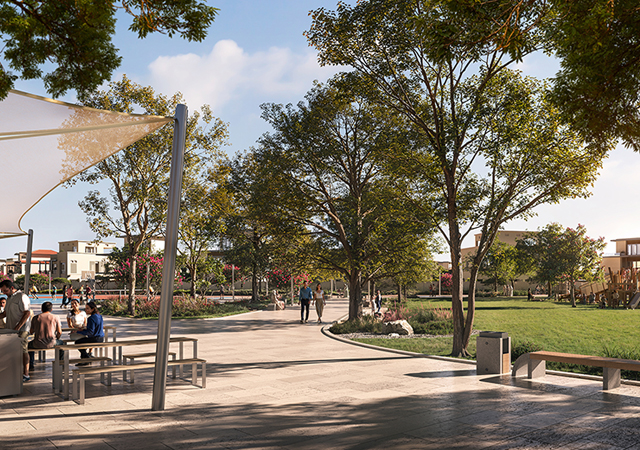
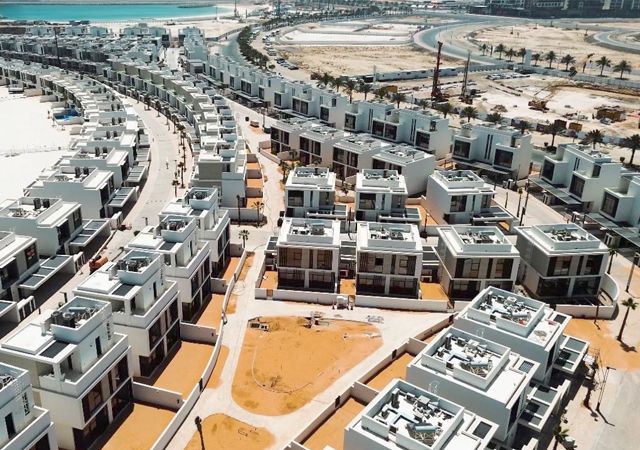
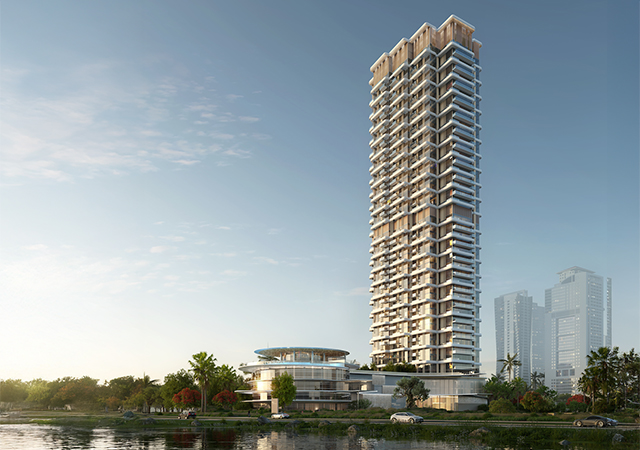

.jpg)
.jpg)
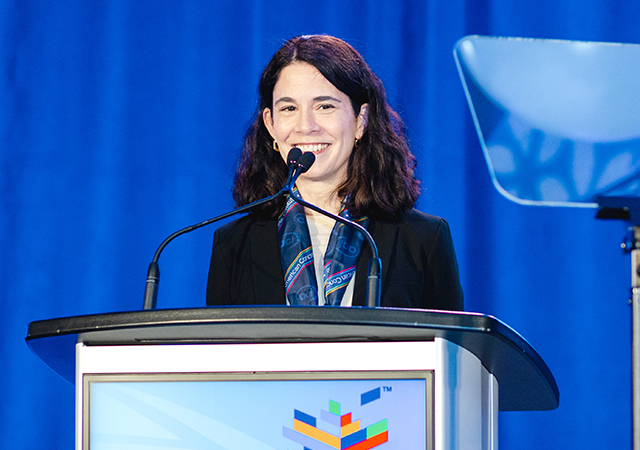
.jpg)
